|
By: Cheyenne Taylor and Sandra K. Ziebold When discussing crime and prevention in domestic violence, we must discuss escalation. Escalation describes when abuse intensifies, either suddenly or gradually. It can also include perpetrating another form of abuse. Victims might stay with their abusers because they believe they can "handle" the abuse. They think things will improve and be how they used to be or blame themselves. When abuse escalates, victims might start realizing they do not have control and feel trapped in the relationship. Escalation also occurs when victims are considering leaving or have attempted to end the relationship. Reports show that 75% of all serious injuries in abusive relationships happen when the victim ends the relationship (National Domestic Violence Hotline). Identifying abuse is happening is the first step to getting help, but finding the courage to leave with limited self-confidence can be extremely challenging. We encourage victims to connect with supportive services to plan their exit, discuss the abuse to build their network, speak with professionals, and take necessary belongings when fleeing. Abuse thrives behind closed doors. Perpetrators of domestic violence rely on the silence of their victims to keep them trapped in the cycle of violence. As allies, we can all be there to listen and believe victims who come forward to report, seek help, or talk about their experiences. Our efforts here at Beacon of Hope Crisis Center are heavily focused on those most at risk of violent domestic violence victimization. In partnership with law enforcement, we are helping to reduce violence and the chance of felony assaults and domestic homicides by working to intervene early before domestic violence escalates. Providing victims with intervention and prevention services helps to reduce crime in our community. It can take approximately seven attempts before a victim permanently leaves an abusive partner. Many factors are at play, and the risk of death is highest when fleeing. The earlier we can intervene and provide mitigation options for all the barriers facing these victims before the violence escalates, the better for us all. The harm to pets, children, and primary victims is exponential, and with each passing day and traumatic incident, the damage compounds. It's more than the horrific long-term trauma, physical life-altering harm inflicted on many and the risk of death; it is also the shaping of the minds and behaviors of the silent witnesses to these crimes. Many children are at significant risk because they witness this model of unhealthy relationship behavior, and sadly, many then become victims or abusers. We must do all that we can to help break the cycle. By intervening early, we can help the primary and secondary victims by giving them the chance for a new, safe life free from the grip of domestic violence. When we can intervene early and get victims safe before domestic violence escalates, we are helping to reduce violence and the chance of felony assaults and domestic homicides. Beacon of Hope Crisis Center served 1,430 new victims of crime in 2022. While serving those new victims, we provided 35,580 case management services and 12,022 follow-ups to existing survivors seeking services. To better serve those in need in our community, we continue to enhance our services, intake process, and accessibility. Out of the 1,430 new victims that requested assistance, two hundred and three disclosed that they were homeless, thirty-four that they were in a same-sex relationship, one hundred and twenty-seven had a disability, sixty-eight had limited English, twenty-eight were undocumented, six were deaf, six were veterans, and forty-eight were pregnant. Six hundred and eight out of the one-thousand four-hundred and thirty cases had children living in the home, and two-hundred and three of the one-thousand four-hundred and thirty had DCS involvement where the child/children were the victims of domestic violence and/or sexual assault or witnessed the violence. Domestic violence is not just physical. It can be emotional, verbal, financial, psychological, sexual, spiritual, and social. Often, in the cycle of abuse, as abusive situations escalate, things do become physical. The prevalence of head trauma and events of strangulation are unfortunately high in this population. It makes screening for brain injury in the intake process when working with individuals who have experienced domestic violence crucial. Too frequently, this is not identified or not identified timely and prolongs the suffering of those who have sustained this trauma. As mentioned earlier, we continue to improve our intake process. This is very exciting because we are asking the right questions, and we need to ask them to intervene in a timely manner. This means that our enhanced intake process is identifying those who have sustained head and neck trauma and strangulation victimization faster. When a victim meets the criteria for critical medical imaging and potential brain injury assessment, we educate them about the medical emergency and refer them for critical medical services. This is a life-saving measure, and we are so proud of this innovative approach! In addition to our intervention and prevention services giving victims access to safety and services and helping to reduce the escalation of crime by abusers, it also can lead to reduced runs by law enforcement to 911 domestic calls. Every time an officer responds to a domestic, the risk of harm to the officers increases with each repeat call because violence escalates. Additionally, men who strangle women are the most dangerous men on the planet. Data shows that cop killers and mass murderers almost always have a history of strangling victims. According to Casey Gwinn, President and Co-Founder of Alliance for Hope International, “Domestic violence stranglers, usually after being trauma-exposed children, are the why of mass murders, and guns are the how." We must intervene as early as possible; we must continue to try to intervene as many times as needed. We must offer prevention services and provide access to everyone; that is critical to mitigate barriers. In 2022, our agency served 301 new victims who reported strangulation victimization in one year. We continue to see a high monthly average of those we serve reporting strangulation victimization. Our intervention and prevention services unequivocally are vital to crime reduction, and a collaborative multi-disciplinary approach is how we best serve those in need. One of the main ways we intervene and prevent further violence is by educating victims on escalation, dangers of strangulation, safety planning, and much more. The more knowledge a victim has in their pocket, the better they can anticipate their abuser's actions, what that means for their safety, and how to respond accordingly. Victims unaware of the dangers often experience multiple strangulation events and think they are OK. They might experience behavior changes, headaches, vision issues, and other symptoms due to the trauma to their head and neck. Victims often turn away the option of seeking immediate medical care due to a lack of education and knowledge about the risks they are facing. We are here to help victims learn, access help, and change the course of their lives. In many cases, we prevent felony assaults and domestic homicides.
By: Savannah Tipton We live in an age of technology where nearly every person over the age of 15 has a phone. Not only do we have phones, but we are on them constantly. We enjoy playing games, exploring social media, messaging friends and family, and so on. Many people relate to the daily behavior of checking their phone before going to bed at night and again when they wake up in the morning. Younger children also have access to utilize phones, iPads, tablets, etc. While technology can be a tool for learning and connections, it can also be abused. This constant connection to the outside world can create huge risks to someone’s safety and personal well-being.
Perpetrators of domestic violence and sexual assault often use technology to monitor someone’s online activity, harass, intimidate, threaten, or otherwise control a victim. Victim advocates are available to complete technology safety plans for survivors suffering from digital abuse or harassment. Digital abuse can be used to manipulate both domestic violence and sexual assault survivors. Types of abuse perpetrated through technology:
If you or someone you know is experiencing digital abuse, please contact our confidential crisis line. Advocates are a confidential source of support available to help survivors navigate these kind of situations and can connect you to community resources. Confidential Crisis Line: 317-731-6140 By: Sandra K. Ziebold Congratulations to our Indianapolis Brackets For Good nonprofit match-up competitor, Brookside Community Development Corporation (Brookside CDC), on winning Round 2 of the #BFG18 tournament. Thank you for being such a great opponent in the tournament. We immensely thank every donor for helping. We displayed a valiant effort but admit Brookside CDC overtook us in the game. Our team here at Beacon of Hope Crisis Center absolutely wanted to win but we are now thrilled to encourage support for Brookside CDC as they advance to a win in Round 3. What I liked best about this match-up is that the Brookside community received a double win in Round 2! The double win is that both of our organizations serve the Brookside neighborhood and both of our organizations benefited from numerous donations! Every organization competing in Brackets For Good wants to advance and keep raising much needed funds. At the same time as we are disappointed that we lost Round 2 we truly couldn't be more thrilled about Brookside Community Development Corporation advancing in the tournament. Brookside CDC is all about play-based childhood trauma reversal initiatives, societal reentry, and focusing on ending generational poverty to create opportunities of renewal and transformation for the residents of Brookside. Please rally behind them Indianapolis, let's help them win Round 3! 46201 is where a large number of the clients we serve at Beacon of Hope Crisis Center reside. Center Township is one of the reasons why we relocated and expanded our agency, ensuring we were accessible by way of a bus-line. We serve all of Central Indiana and our data shows Marion county and Center Township at the top in our service numbers. Beacon of Hope Crisis Center is focused on helping to reduce our overall homicide rates by serving victims of domestic violence and intervening before situations escalate. I encourage everyone reading this to follow us and learn more about the positive difference Beacon of Hope Crisis Center is making in Central Indiana for victims of domestic violence and sexual assault. Please continue to consider us in your portfolio of charities when making individual and mission gifts. Good luck to Brookside CDC in Round 3! Track Their Progress Here Ways to follow and contact Beacon of Hope Crisis Center:
|
About this blog
This blog is about our domestic and sexual violence crisis center, Beacon of Hope. We hope you find it full of helpful information, motivation, creativity, serious facts and positivity. We hope that it will help you know what is happening in our center, in our community and with our events. We hope you follow our blog in support of our organization and our mission. Archives
October 2024
Categories
All
|
|
CAREER opportunities © 2024 Beacon of Hope Crisis Center Privacy Policy Accessibility Statement Training Portal Login |

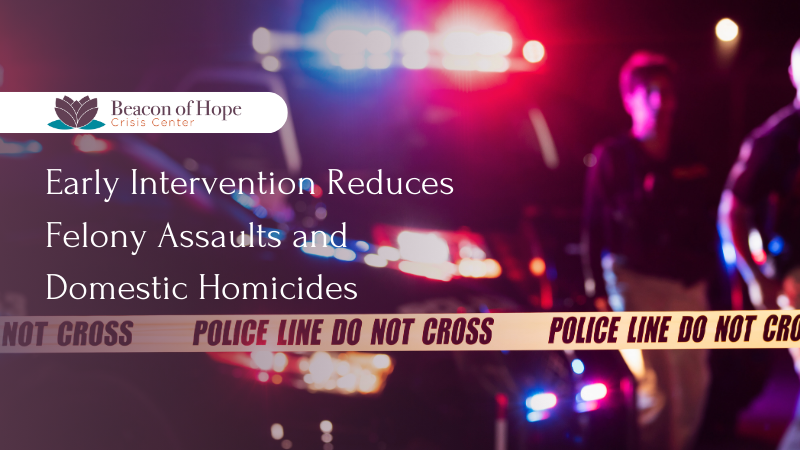
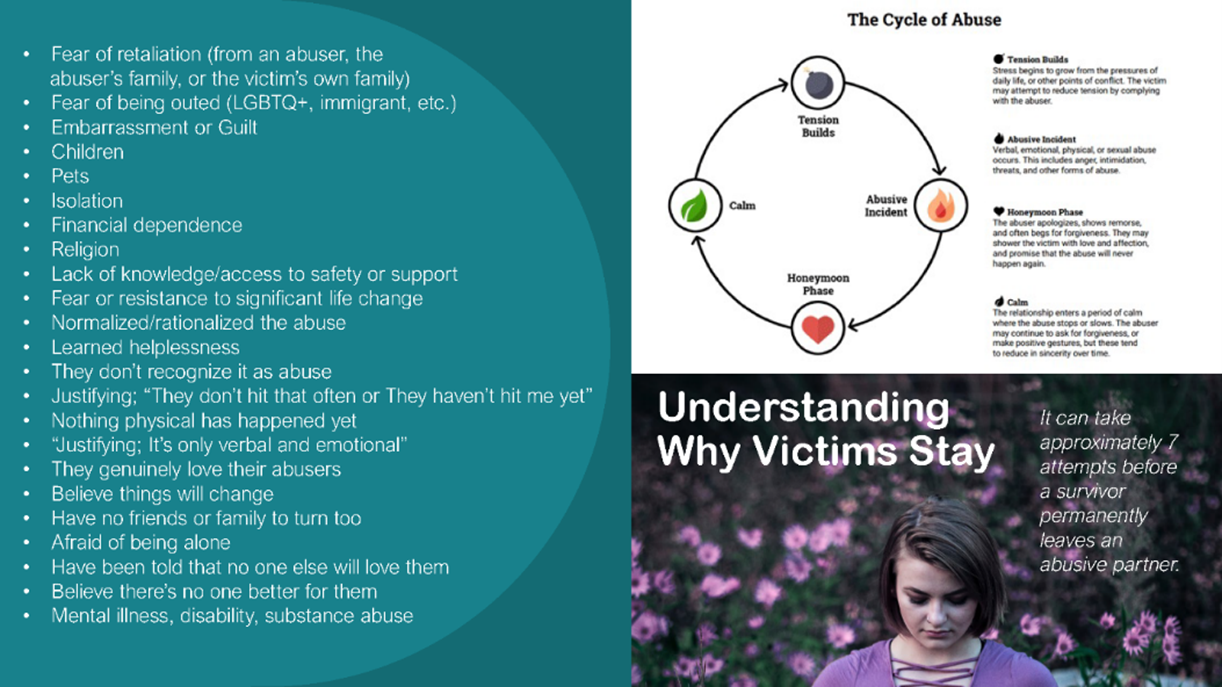

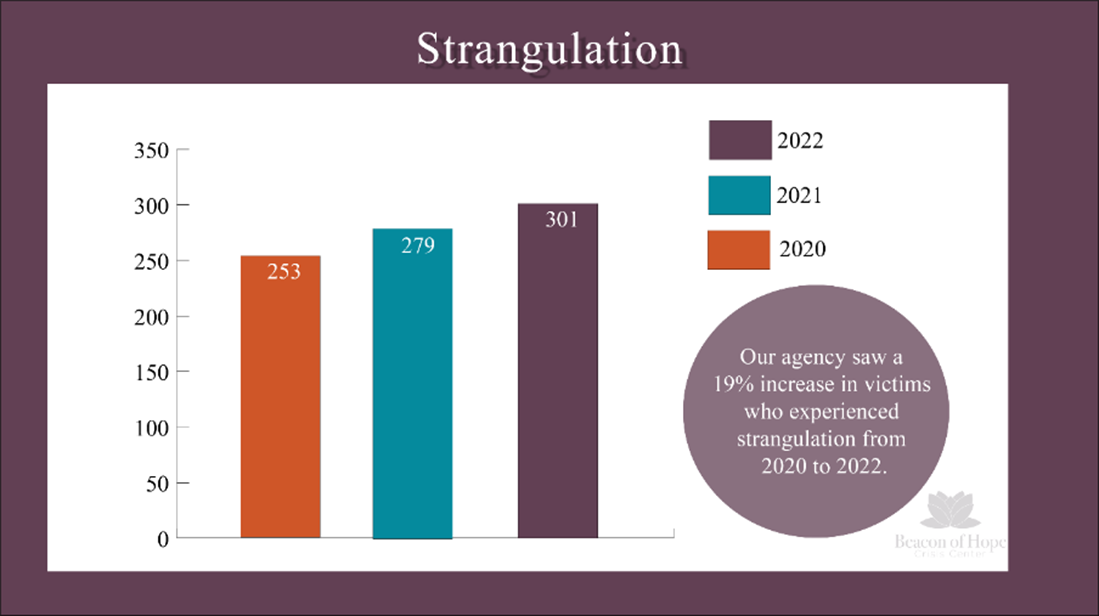
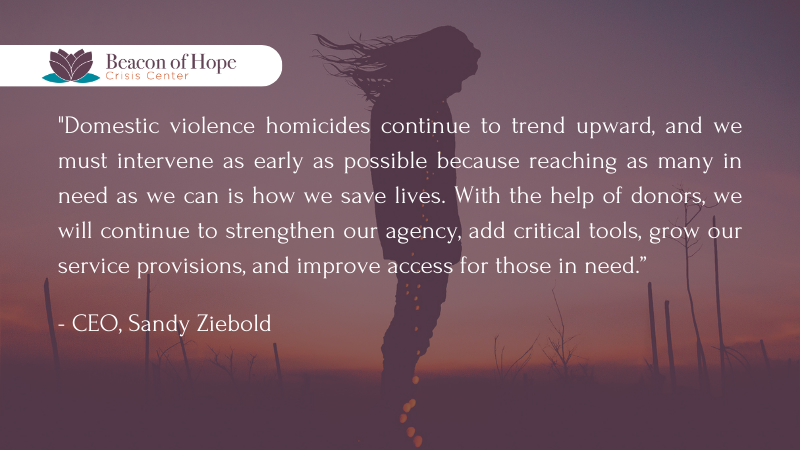
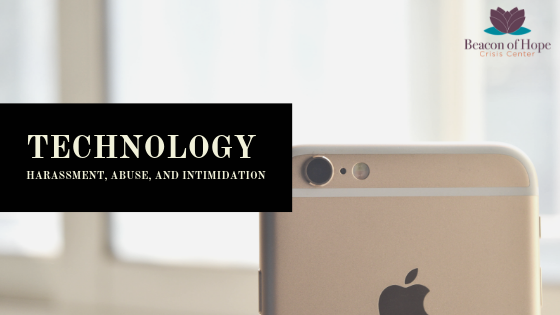

 RSS Feed
RSS Feed